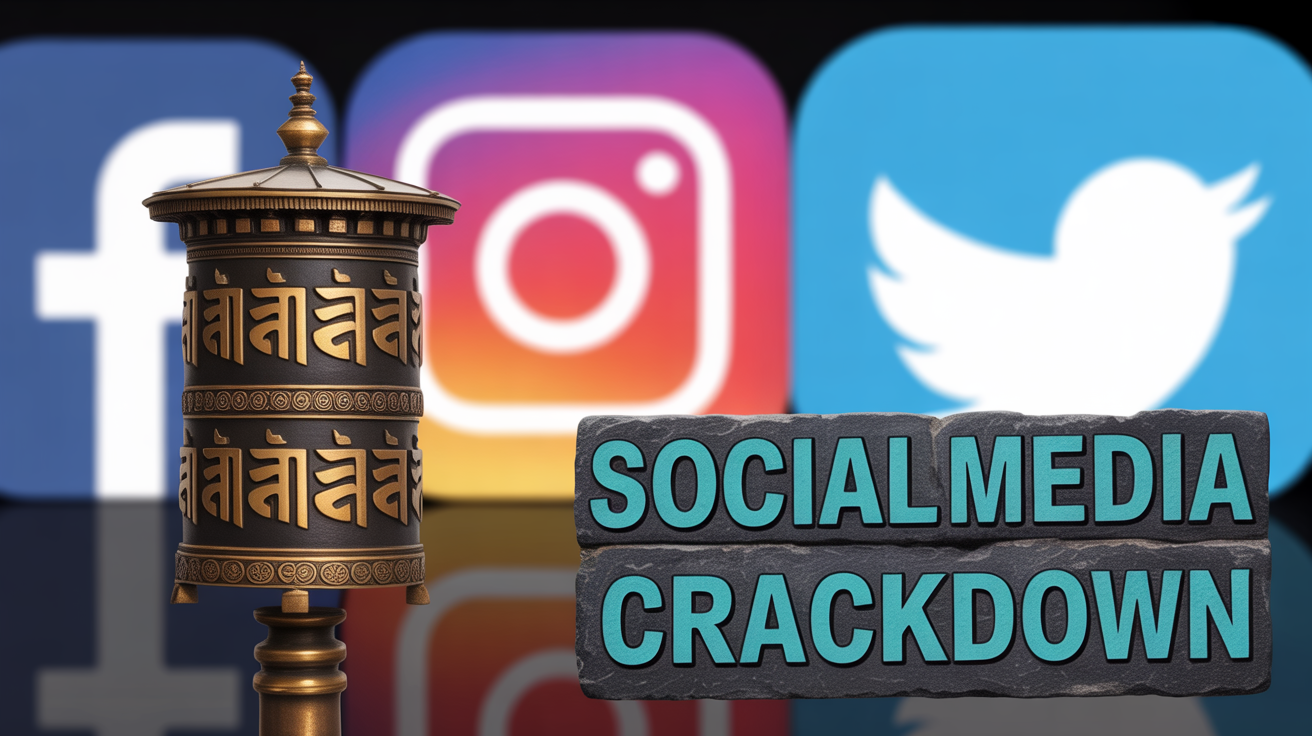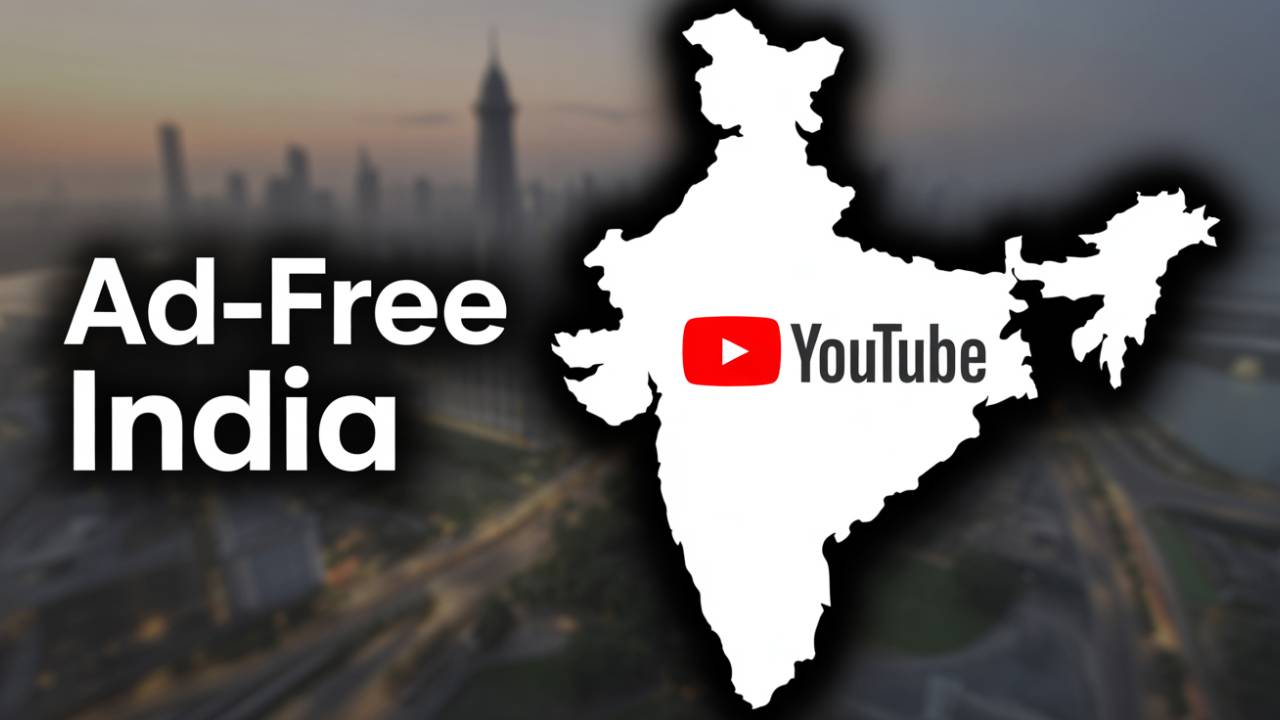Nepal Social Media Ban: In an unexpected and historic action, the government of Nepal blocked 26 of the biggest social media apps on September 4, 2025, causing shockwaves throughout the country and the globe. The blocked apps included popular ones like Facebook, Instagram, WhatsApp, YouTube, and X (formerly Twitter). This extreme measure was one of a new government directive intended to enforce registration compliance. But the move prompted mass protests and was reversed within five days. Here’s an in-depth analysis of what it is, why it is, and what it implies.
Why Did Nepal Ban Social Media Apps?
The stated cause for the ban was that these social media sites didn’t meet a registration requirement set by Nepal’s Ministry of Communication and Information Technology. According to the new policy, any social media site functioning in Nepal would need to have a legal presence there. The government asserted this regulation was needed to hold them accountable, moderate content correctly, and follow local laws.

But critics said the move was a heavy-handed bid to manipulate information and silence dissent, particularly at a politically charged moment in Nepal. Most suspected the ban was more about muzzling freedom of speech than regulating.
Which Apps Were Impacted?
The banned platforms list was long and included:
and dozens more comprising 26 major apps.
This resulted in millions of Nepali users finding themselves overnight unable to use the most widely used communication and social networking platforms.
Immediate Impact on Nepal’s Digital Life
The first effect was pandemonium. Social media is inseparable from everyday life in Nepal, utilized for private communication, business, news, recreation, and activism. Social media-dependent businesses lost revenue. Digital entrepreneurs and content producers were suddenly isolated from their viewers.
Most importantly, it made many citizens lonely, particularly the younger generations that are digitally dependent.

Massive Protests Erupt
What came next was a series of “Gen Z protests” nationwide. The young people’s demonstrations were not only about access to social mediabut alsot expressed broader frustrations with governance, corruption, and freedom of speech in Nepal. The protesters called for the ban to be revoked at once, terming it an assault on civil liberties.
The demonstrations soon turned into violent clashes with security forces. It was reported that at least 19 individuals were killed and more than 200 were injured during the clashes. The mayhem caught the international community’s attention, including that of the United Nations, which urged an open investigation into the brutal crackdown.
Government’s Reversal: Lifting the Ban
With increasing public backlash and international outrage, the government of Nepal was compelled to make a move. On September 9, 2025, following an emergent cabinet sitting, the ban was lifted. The government stated they would review the regulating policy, guaranteeing their citizens that freedom of expression would not be restricted further.

This rapid about-face, however, did not eliminate the strong criticisms and outrage among the citizens, particularly the youth, who saw the prohibition as reflective of underlying problems in Nepal’s government.
What Does This Mean for the Future?
Although the ban was removed, the incident reflects heightened tensions between governments and international technology companies in terms of controlling online platforms. Nepal’s move to impose local registration on social media giants represents a worldwide trend of increasing digital regulation. Tech giants across the world are being asked to be accountable and establish a legal presence by countries everywhere.
For Nepal, the case will probably become a milestone. It revealed the precarious equilibrium between national security, government regulation, and digital freedom. Activists, legal professionals, and people are now demanding more open, equitable, and democratic processes concerning digital regulation.
Conclusion
The 2025 Nepal social media ban is still the most brazen digital regulatory action of recent times. Intended to exert control on foreign tech titans, it ended up provoking nationwide protests and global outrage. The rapid reversal of the ban shows how effective public opposition can be in the digital age.
For now, social media access in Nepal is restored, but the underlying questions remain. How will Nepal and other nations balance the need for regulation with the demand for freedom of expression? Only time will tell.
















